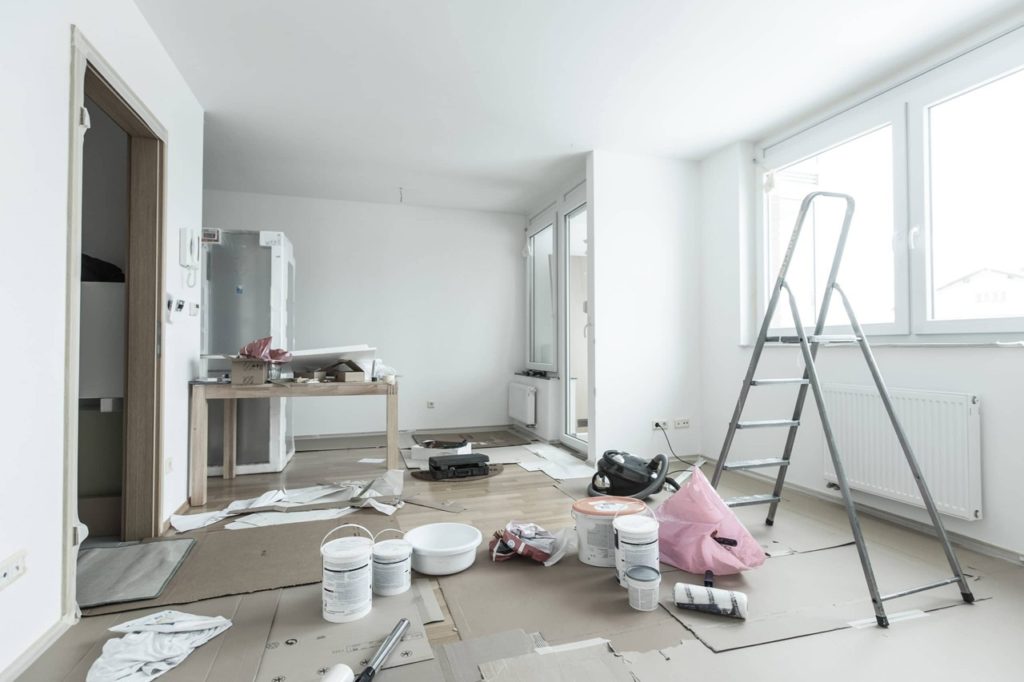What Is Post Renovation Cleaning: How It Transforms Your Home

Renovations can breathe new life into your home, but they leave behind a massive mess. Dust, debris, and construction residue settle into every corner and surface. Hiring a reliable cleaning crew or tackling the job yourself requires understanding what this specialized cleaning involves. This guide breaks down the post-renovation cleaning process and shows you how to restore your space to its full glory. You'll learn the key steps, tools, and techniques that make the difference between a dusty construction zone and a sparkling clean home.
Why Post-Renovation Cleaning Matters
Once construction is complete, a thorough deep clean is essential to make your home livable again. Renovation dust isn't like regular household dirt—it contains fine particles from drywall, wood, concrete, and other building materials that settle everywhere. These particles can irritate your lungs, trigger allergies, and damage your HVAC system if not removed properly. A thorough clean protects your health and your investment by removing harmful residues and revealing the finished look of your renovation. Taking this step seriously means the difference between a half-finished project and a truly completed space.
Why Hire Professional Cleaners
Professional cleaners bring specialized knowledge and equipment that make quick work of post-renovation messes. They know which products work effectively on various surfaces without causing damage and utilize industrial-grade vacuums with HEPA filters that capture the finest dust particles. These experts can identify and address challenging issues like paint splatters, grout haze, and adhesive residue that may stump the average homeowner. Hiring pros saves you hours of backbreaking work and ensures every surface gets the attention it needs. The cost often pays for itself when you consider the time saved and the professional-quality results.
The Cleaning Process Step-by-Step
Start by removing all construction debris, protective coverings, and leftover materials from the work area. Dust from top to bottom—ceilings, light fixtures, walls, and baseboards—before moving to lower surfaces. Clean all surfaces, including walls, ceilings, and floors, with products specifically designed for each material type. Don't skip hidden spots, such as inside cabinets, closets, and behind appliances, where dust loves to hide. Finish by vacuuming with a HEPA filter vacuum and mopping all hard floors, checking corners and edges for any missed debris.
Essential Cleaning Supplies
To tackle post-renovation cleaning effectively, you'll need several key products and tools. Stock up on all-purpose cleaners, glass cleaner, disinfectant, microfiber cloths, scrub brushes, and sponges. A quality vacuum with attachments and HEPA filtration is non-negotiable for capturing fine dust. Add a mop, bucket, rubber gloves, and a ladder for reaching high spots. A steam cleaner helps deep clean carpets and upholstery, while a squeegee provides streak-free windows. Having the right supplies on hand makes the job faster and gets better results.
Cleaning Different Surfaces Safely
Different materials need different approaches to avoid damage during cleaning. Clean marble or granite with pH-neutral cleaners only—harsh chemicals can etch or stain these surfaces. For hardwood floors, skip the heavy-duty cleaners and use products made specifically for wood, applied with a damp (not wet) mop. Stainless steel appliances look best when cleaned with vinegar or glass cleaner applied with a microfiber cloth. Always test any cleaner on a small, hidden area first to ensure it won't damage the finish or discolor the material.
Keeping Your Home Clean Long-Term
After putting in all that work, you want to keep your home looking fresh. Set up a simple cleaning schedule that fits your lifestyle—weekly dusting, vacuuming, and mopping handle most maintenance. Keep clutter under control by putting things away after use. Wipe down kitchen and bathroom surfaces regularly with gentle cleaners to prevent buildup. Watch for moisture problems in bathrooms and basements, as they can lead to mold growth. These small habits add up, keeping your newly renovated space looking its best for years to come.
Related Topics:



